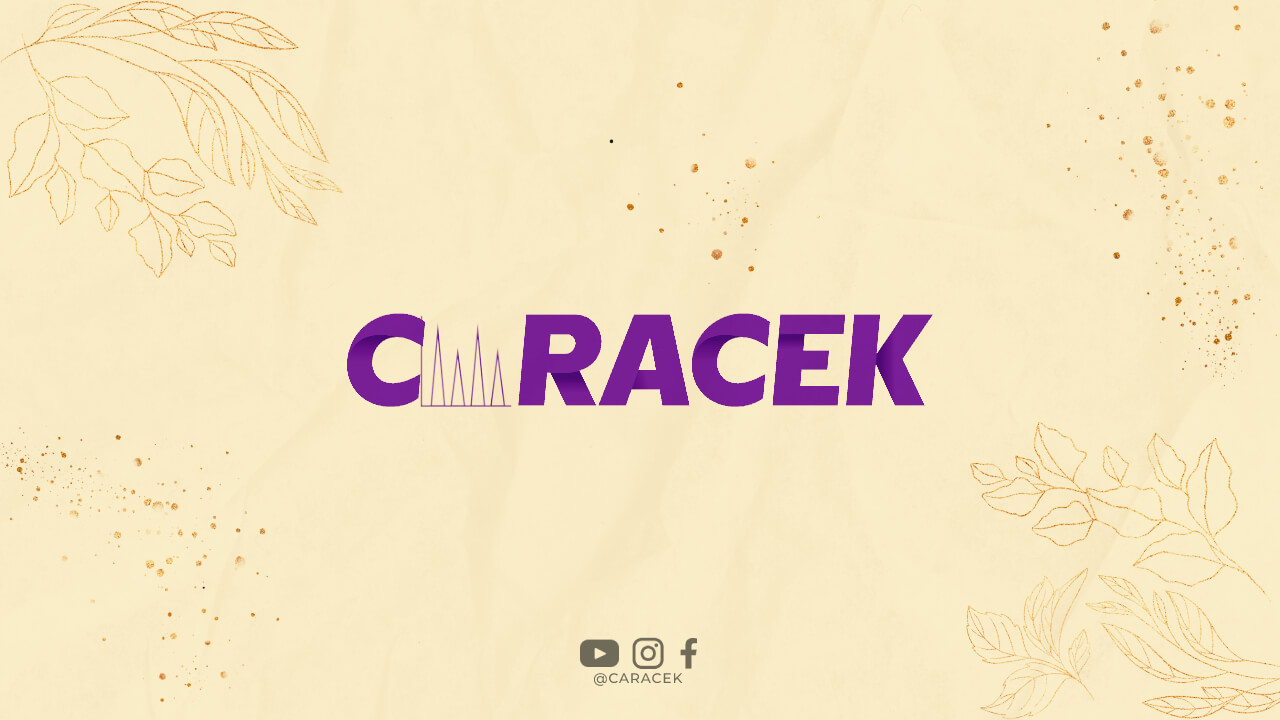Introduction
Batik is a traditional Indonesian fabric that has gained popularity worldwide for its intricate designs and vibrant colors. One of the key elements in creating a beautiful batik fabric is the coloring technique. The process of coloring batik involves applying wax to certain areas of the fabric to resist the dye, resulting in unique and captivating patterns. In this article, we will explore the different techniques of batik coloring and how they contribute to the art form.
1. Canting Technique
The canting technique is the most popular and widely used method of batik coloring. It involves using a tool called a canting, which is a small copper container with a spout. The canting is filled with melted wax, and the artisan carefully draws intricate patterns on the fabric by controlling the flow of wax through the spout. This technique allows for precise and detailed designs.
2. Cap Technique
The cap technique, also known as block printing, is another method used in batik coloring. It involves using a copper stamp called a cap, which is dipped in melted wax and then stamped onto the fabric. The cap has a predetermined pattern, and the artisan repeats the stamping process to create a repetitive design. This technique is often used for larger motifs and to achieve a uniform pattern.
3. Sponge Technique
The sponge technique is a less common method but can produce unique and artistic effects. It involves dipping a sponge into melted wax and dabbing it onto the fabric. The wax creates irregular and abstract patterns, giving the batik a more organic and free-flowing look. This technique is often used to create textures and gradients in the coloring.
4. Brush Technique
The brush technique is similar to painting and is often used for larger areas of color or to add fine details. It involves using a brush to apply melted wax onto the fabric. The artisan can create various brush strokes and blending effects to achieve different textures and shades. This technique offers more flexibility in terms of color application and allows for more experimental designs.
5. Over-dye Technique
The over-dye technique involves applying multiple layers of dye on the fabric to achieve a range of colors. After the initial wax application and dyeing process, the artisan can selectively add more wax to certain areas and repeat the dyeing process with different colors. This technique allows for the creation of intricate and multi-colored designs.
6. Conclusion
The techniques of batik coloring are diverse and offer artists a wide range of possibilities to create stunning and unique designs. Whether using the precise canting technique, the repetitive cap technique, the abstract sponge technique, or the versatile brush technique, each method contributes to the beauty and artistry of batik fabric. Experimenting with different techniques and combinations can result in breathtaking outcomes, showcasing the rich cultural heritage of batik in Indonesia.

